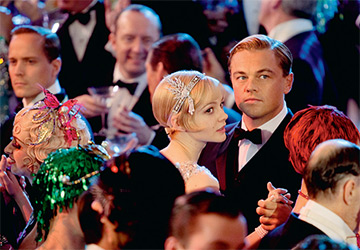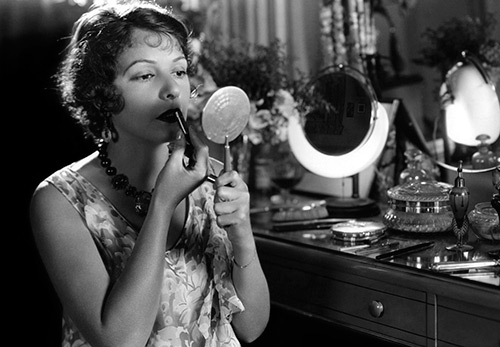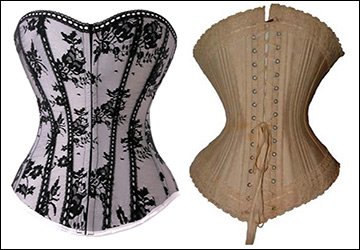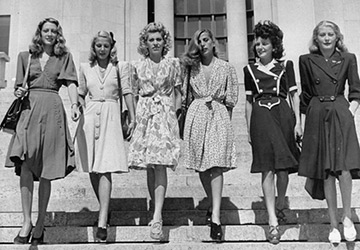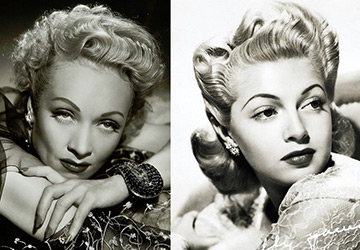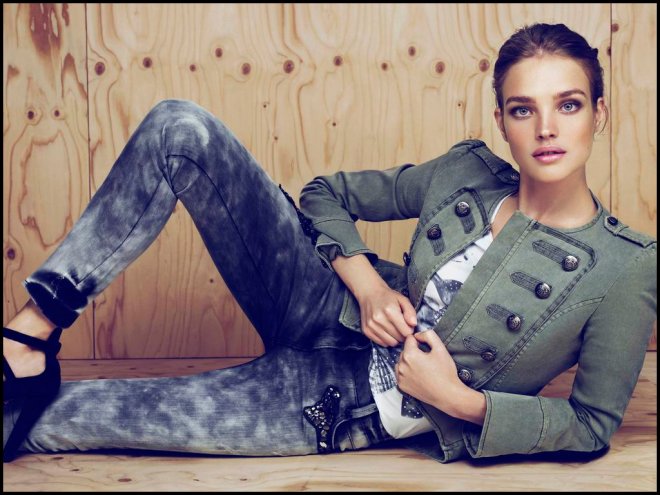Style
Fashion and Style 1914 - 1918
During this difficult period for many European countries, there have been great changes in fashion and style. With the outbreak of the war, many fashion houses were closed, most of the women were left alone and were forced to take full responsibility for the family on themselves.
Many of them took their husbands' jobs in offices, in industry, and of course, in hospitals. One way or another, they had to lead a masculine lifestyle, and therefore, they put on the appropriate clothes and even uniforms.
Clothes were changed so as to provide the necessary convenience in work, it became more spacious, many had to take off their jewelry, hats, corsets, change their lush hairstyles to a bun that was simply taken off the back of their heads, ...
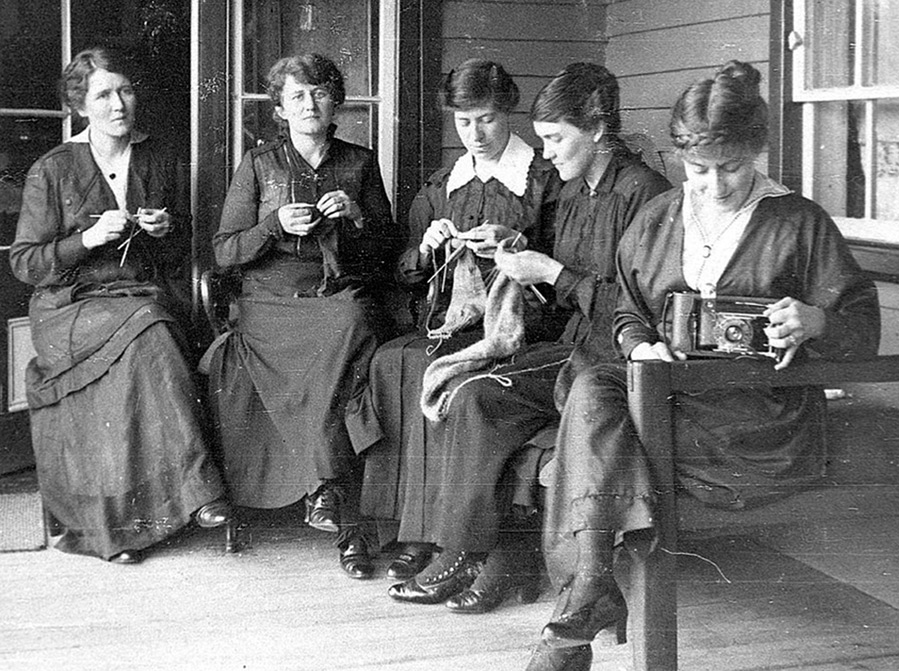
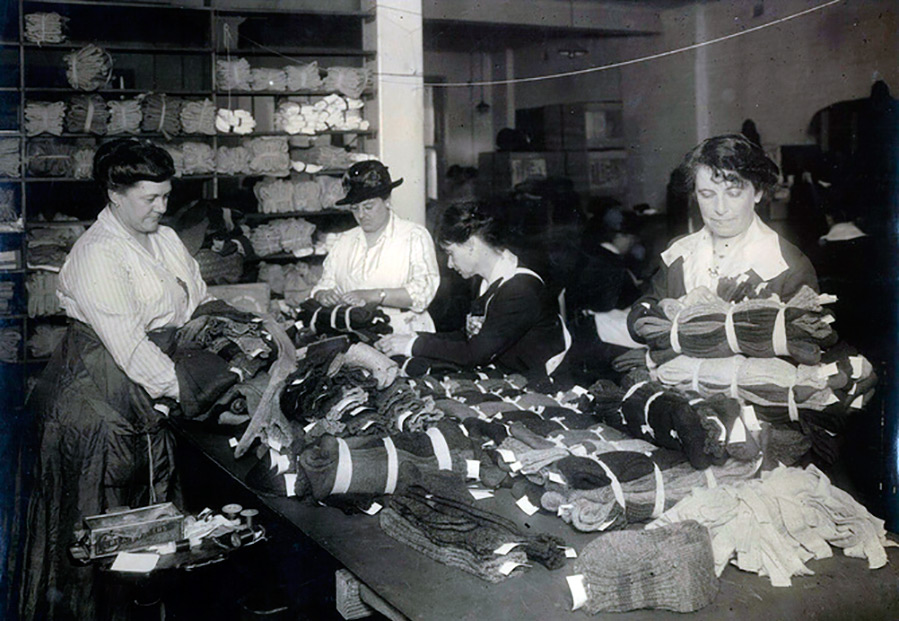
If before the war, tailors carefully approached the ideal fit of all elements of clothing and the clothing itself in general, then in wartime it made no sense about how "a blouse or skirt sits", how "a collar is set", many were not up to it. The war forced women to reconsider their views on the convenience of clothing.
Before the war, in summer fashion magazines, the silhouette of a narrowed skirt to the bottom, introduced Paul Poiret, remained in force for some time, but gradually dresses and costumes were rebuilt in a new way, the same can be said about outerwear.
A cut with one-piece sleeves was preferred. This garment design resembled a Japanese kimono. The kimono sleeve was once introduced by Paul Poiret, and before the war and during the war, this cut remained the most successful among ladies of high society.
At that time, outfits of any purpose were cut in the kimono style, because they did not require special technological techniques in the process of sewing, moreover, they created the impression of negligence. And so, the fashion for negligence entered.
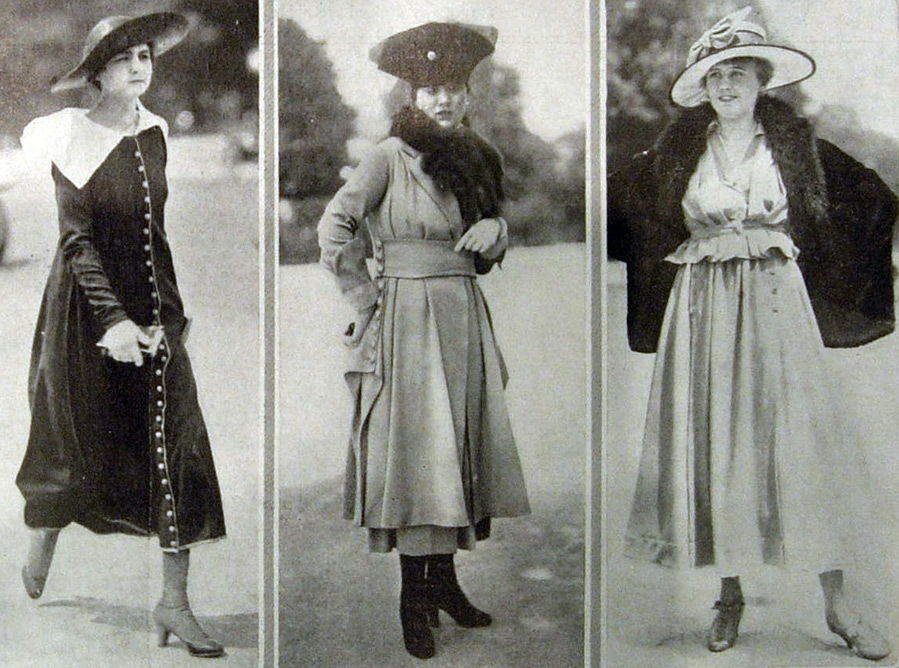
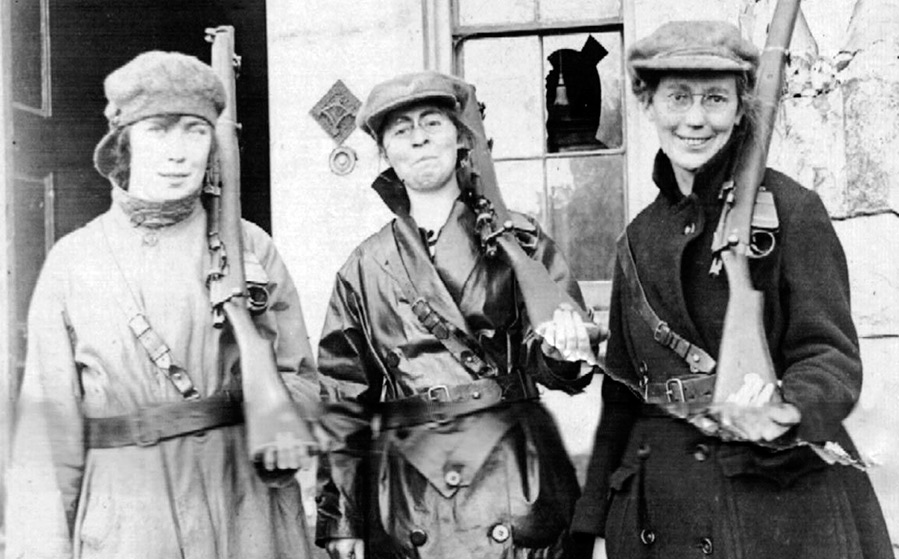
"The blouse was like a bag, one side is gathered in deep folds, the other is smooth." It turned out that sewing a suit at that time was not a difficult task. Careful ironing is unnecessary, cut too. The more casual a suit or dress looks, the better the impression is.
The material can simply be thrown onto the figure, gathered somewhere, grinded somewhere, and that is the bag-shaped silhouette that was required.
The First World War quite strongly enriched women with military-style clothing - trench coats, sea jackets, officer's greatcoats, metal buttons, khaki color, patch pockets, berets, caps.
Small hats, reminiscent of a pilot's helmet, rough belts, edging, and a stand-up collar are becoming popular. And fashion magazines offer cut and tailoring technology for home-made clothing. They have styles of suits with a detachable waist and a peplum, with shoulder straps, and trimmed with cords.
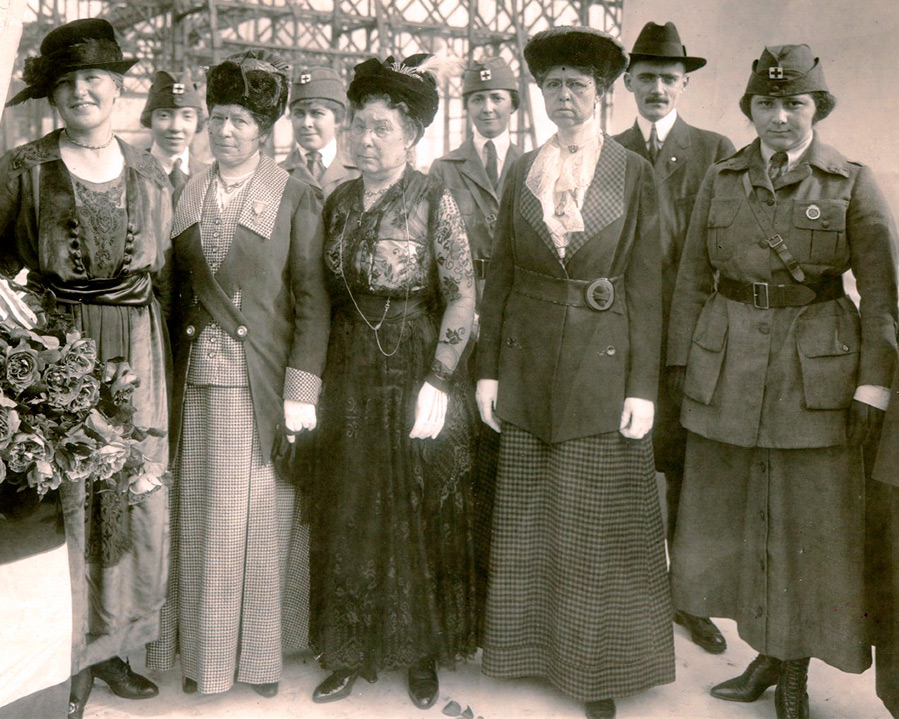
Magazines publish mourning styles, where everything is black, closed, hats with mourning veils. The tapered hem of the skirt has now been dropped completely. Who should mince with their feet when they need to rush to their husband's workplace or to the hospital.
The clothes widened downward, the waistline under the chest dropped into place, and even lower. The silhouette in just one year changed from spindle-shaped to trapezoidal. To top it off, the women began to cut their hair, firstly, it was more convenient in a hurry to work, secondly, as always during the war, unsanitary conditions arise, and thirdly, they simply tried to get rid of all that was superfluous.
The men were shocked by the new look of their once beautiful companion and girlfriend. Jean Renoir (the artist's son) describes his shock when he saw his relative: “... The new, never before unseen appearance of Vera amazed me so much ... We remembered girls with long hair ... and suddenly ... our half became our equal, our comrade.
It turned out to be enough transitory fashion - a few scissor movements and, most importantly, the discovery that a woman can deal with the affairs of the lord and the master, the social building, patiently erected by men for millennia, was forever destroyed. "

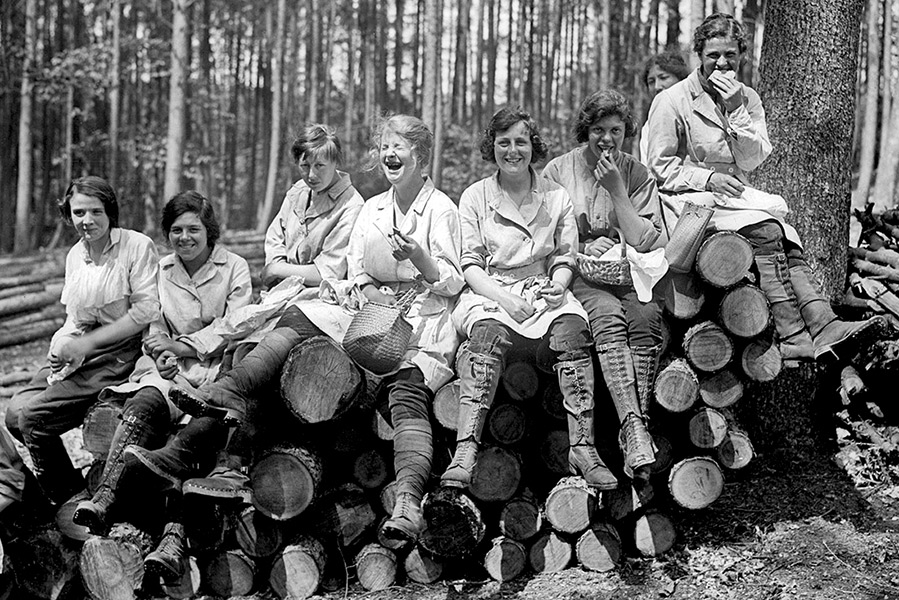
In the first years of the war, old skirts were worn, and new ones were made wide. Thus, during this period, three types of skirts were defined: a pleated skirt - pleated or corrugation, a flared skirt from the waist, a skirt of two flared flounces, which represented, as it were, a two-tiered skirt.
The cut of the bodice was dominated by a one-piece sleeve, a raglan sleeve was often found, the bottom of the bodice was made out with soft folds, which made it possible to feel freedom of movement.
This period had a huge impact on fashion and style, and is considered a transitional one in the history of fashion. During the period from 1914 to 1918, many innovations appeared. It would seem that in such a period of grandiose world events, there is no time for fashion, but, despite this, it developed.
Neither the closed fashion houses nor the war stopped women from inventing and developing something on their own, because life went on. The situation was not the same in all countries, and not in all strata of society. However, be that as it may, a woman remains a woman. And in wartime there were times when I wanted to decorate myself, even if not with jewelry, but with the same clothes.
Despite the sad news from the front, life in the rear was getting better, because not everyone had a bitter fate, and therefore I want to live life to the fullest and have fun. Towards the end of the war, balls are held again, rich decor in clothes appears.
Short skirts that appeared immediately after the outbreak of the war (just below the knees) are lengthened. There appear, albeit for a very short time, skirts, tapered from top to bottom. From 1917 to 1918, fashion designers somehow managed to restore their influence on the spontaneously changing fashion. But in fact, there was a moment when the search for a new style began.
Many fashion houses have tried to adapt to the spontaneously born fashion. Fashion houses begin to open, the masters resume their activities. Such as Jeanne Paquin, Madeleine Vionne, Edouard Monet, the Callot sisters start working again.
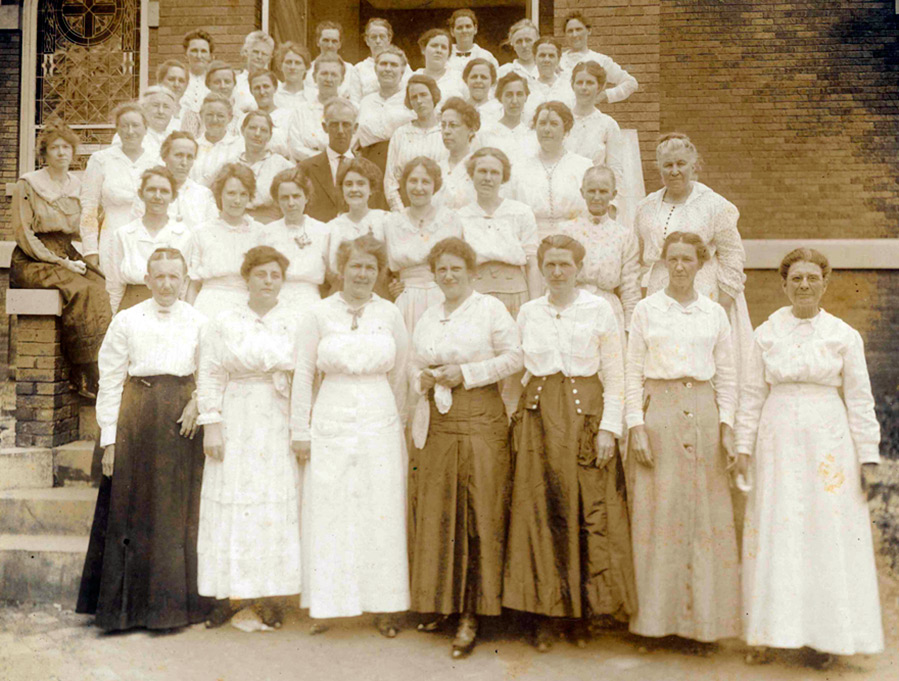

Meanwhile, Mademoiselle Chanel begins to create the image of a new woman. Erte (Roman Tyrtov), who even before the war created original sketches for Paul Poiret. By the end of the war, he had become an internationally renowned master of costume design.
Erte has collaborated with many fashion magazines, especially the American edition of Harper's Bazaar. From evening gowns to simple suits, his beautiful designs are flawless and unique. One of Erte's many themes was a woman in trousers. In his sketches, with virtuoso skill, he proposes the idea of creating an outfit in which he emphasizes details that hint at breeches, breeches, and trousers.
French writer Romain Rolland once said that he would like to see a hundred years after his death, how society will change, but not in the treatises of scientists, but in a fashion magazine. The writer was sure that fashion would tell him the true story of the change in society, rather than philosophers and historians combined.
And here is the result of the spontaneously developing fashion:
The tailors, returning from the war, and wanting to reaffirm their former rights, were forced to accept the new fashion created by the women themselves. Crinolines, corsets and "tight fashion" were defeated.
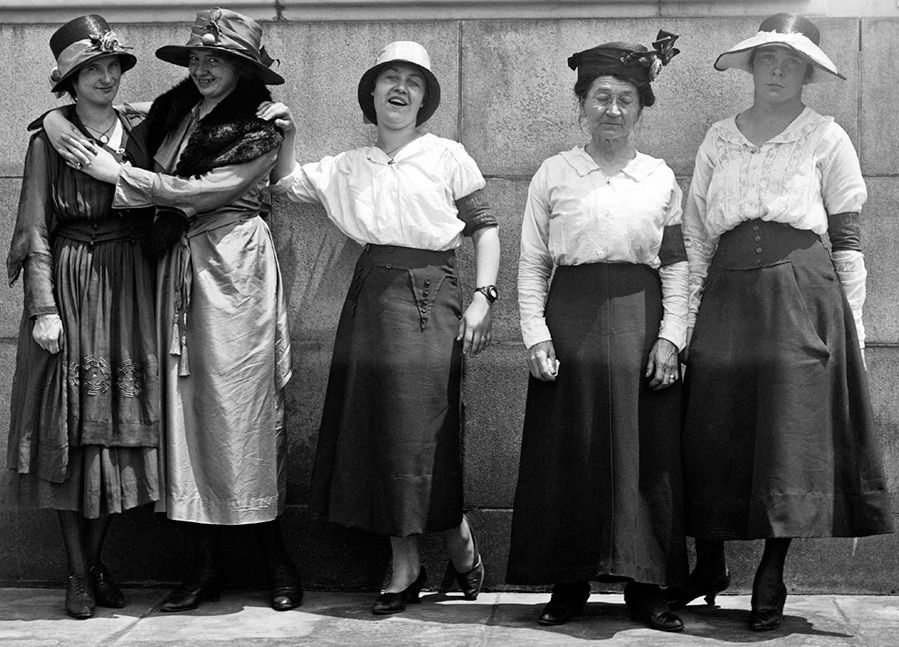
The army also made its own changes in fashion. The uniform of the military turned out to be so comfortable that they continued to imitate it in civilian life.
In addition to military operations in Europe, there were also colonial wars. Hence, patterned fabrics from Tunisia and Morocco, shawls, scarves appeared. Along with the appearance of simple cut clothes, clothes with an abundance of exotic patterns appeared in the woman's wardrobe, and the love for knitting, appliqués, embroidery, fringes, and beads increased.
The war had an impact on the emancipation of women. In the struggle for equality, women during this period achieved much greater success than in many previous years.
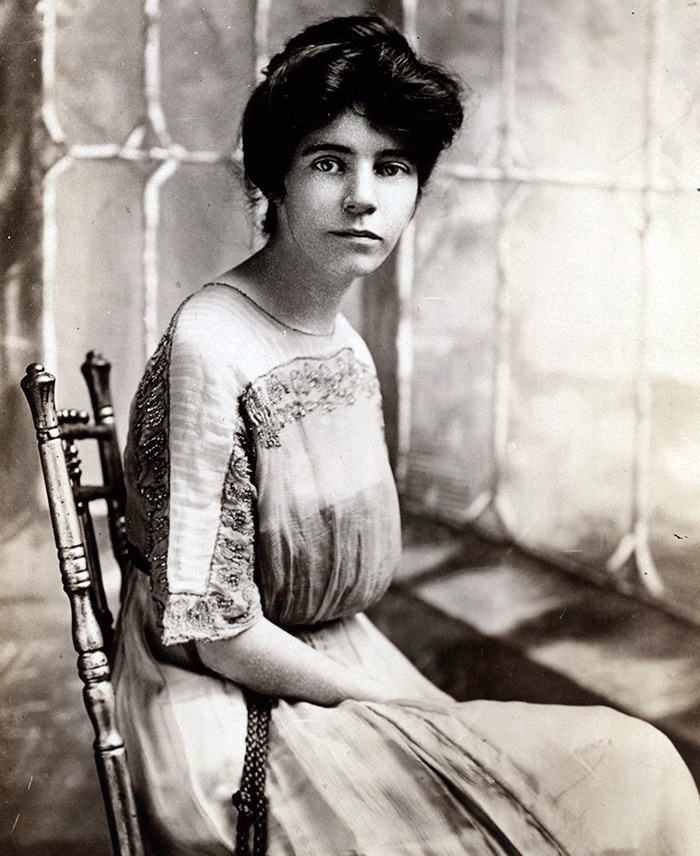
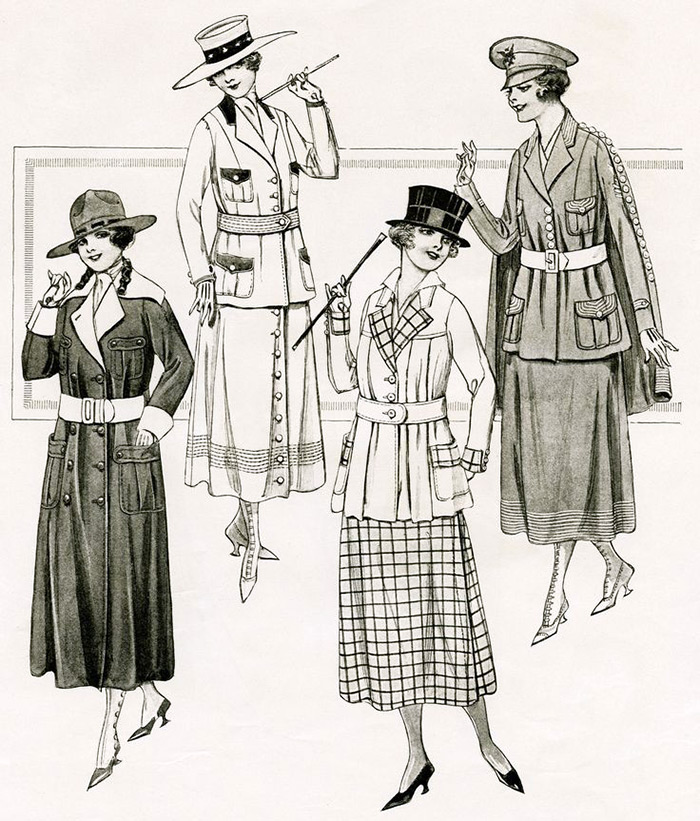
Comments and Reviews
Add a comment
Rating news
Shades of clothing that make women look younger
What shades of hair make women younger: rules and photos
Funny wedding dresses - photos and ideas
12 most expensive down jackets for the winter
How to look 25 at 40: tips from supermodels
Beautiful schoolgirls
Anti-aging haircuts and hairstyles for women
Fashionable skirts for autumn and winter
Fashionable women's trousers for the cold season
Fashionable and stylish sandals for summer 2024
Spring-summer 2024
 Fashionable dresses and tops with thin spaghetti straps
Fashionable dresses and tops with thin spaghetti straps
 Bandana tops: how to wear stylishly and beautifully
Bandana tops: how to wear stylishly and beautifully
 How to put together the perfect men's wardrobe for the summer
How to put together the perfect men's wardrobe for the summer
 Fashionable shorts for spring-summer 2024
Fashionable shorts for spring-summer 2024
 Fashionable skirts for spring-summer 2024: a guide to online shopping
Fashionable skirts for spring-summer 2024: a guide to online shopping
 The most fashionable dresses spring-summer 2024: styles and colors
The most fashionable dresses spring-summer 2024: styles and colors
 Fashionable total look 2024: ideas of images and trends
Fashionable total look 2024: ideas of images and trends
